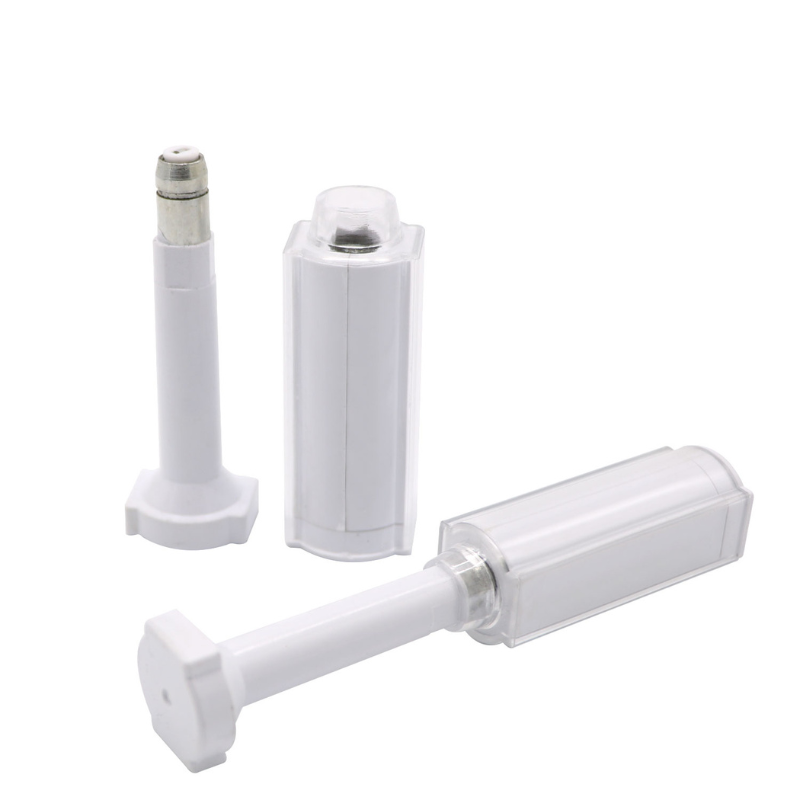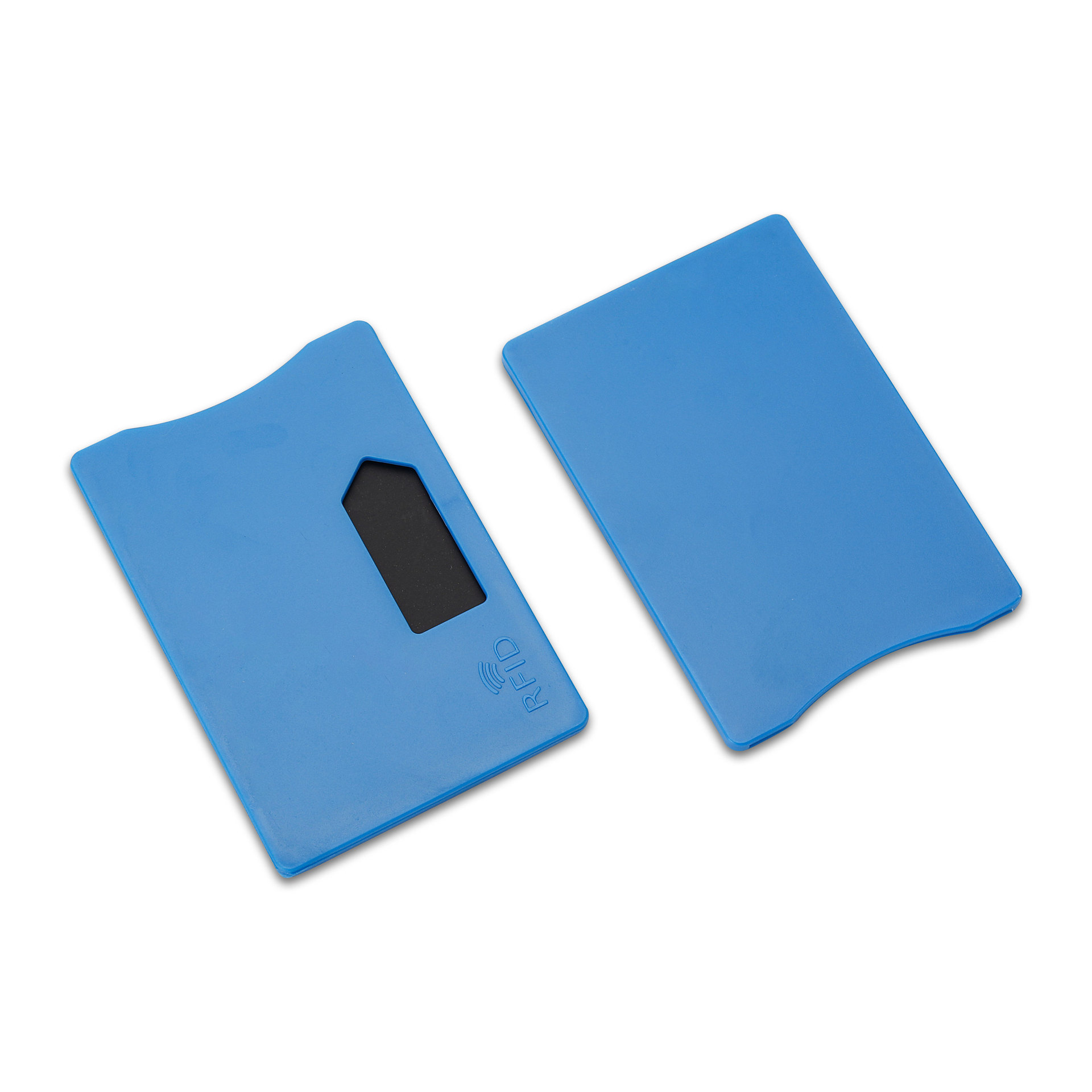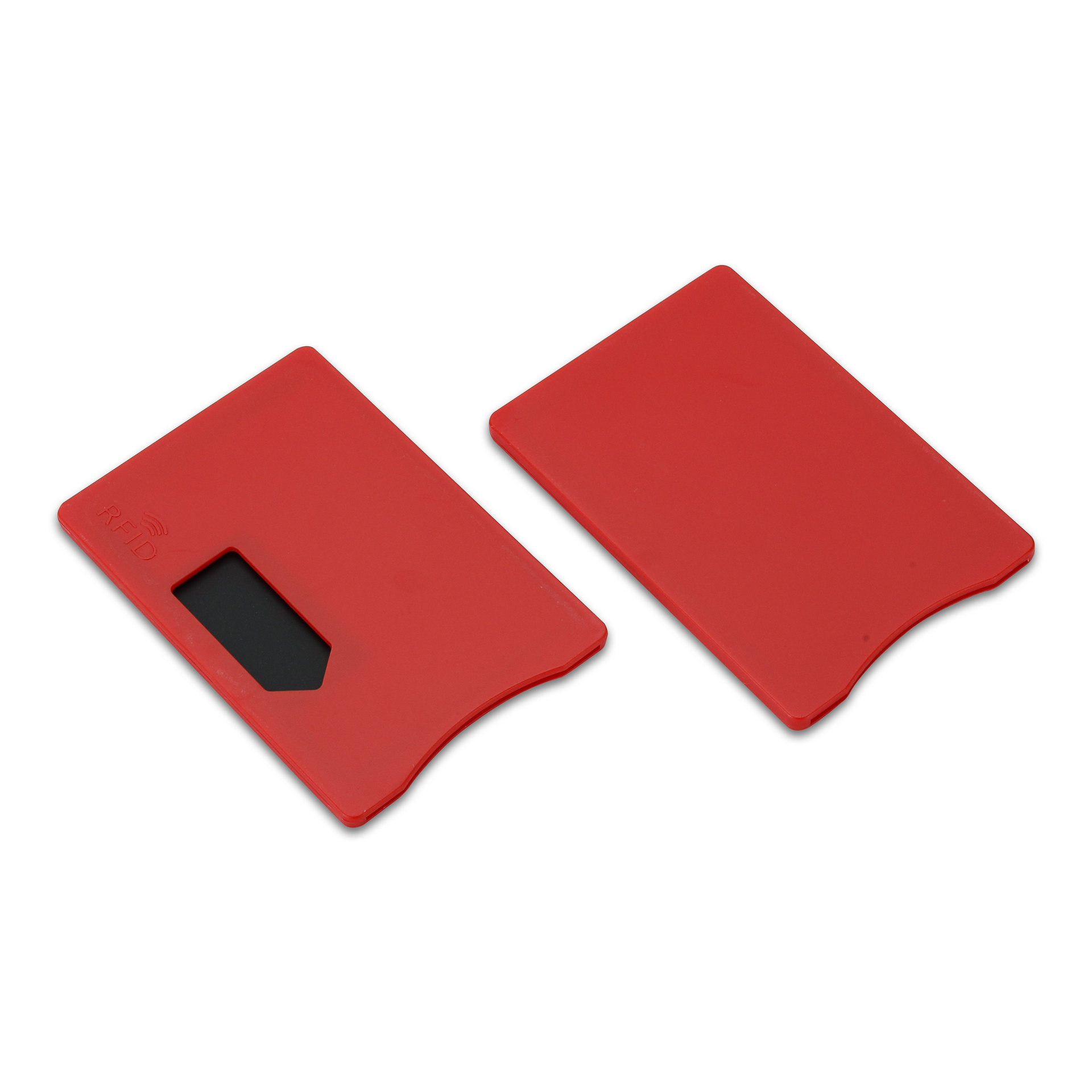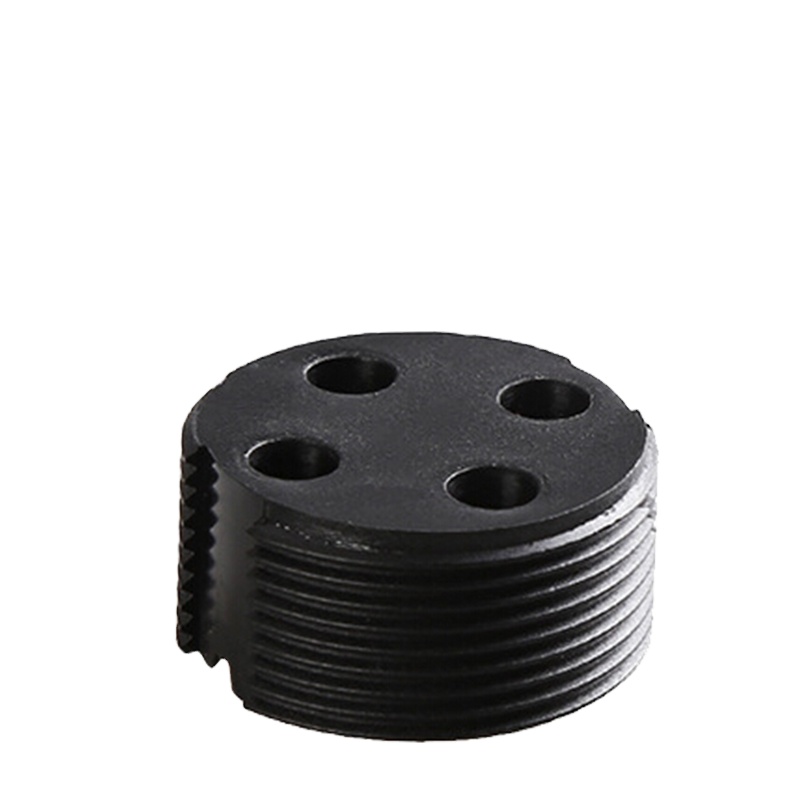
Quelle est la différence entre les étiquettes RF et RFID ?
Table des matières
Différence entre les étiquettes RF et RFID : définitions, technologie et applications dans le domaine de l'entreposage
Cependant, ces termes sont souvent utilisés de manière interchangeable, ce qui entraîne une confusion quant à leur véritable signification et leurs différences. Comprendre la différence entre RF et RFID aide les entreprises à optimiser leurs opérations, à améliorer leur efficacité et à réaliser des investissements technologiques plus judicieux.
Ce guide explique comment la technologie RF et Étiquettes RFID fonctionnement, leurs différences et pourquoi la technologie RFID transforme les chaînes d'approvisionnement modernes.

Qu'est-ce que la technologie RF et comment fonctionne-t-elle ?
La RF (radiofréquence) désigne l'utilisation d'ondes radioélectromagnétiques pour transmettre des données sans fil. Elle sert de base à plusieurs systèmes de communication sans fil, notamment la technologie RFID, le Wi-Fi et le Bluetooth.
Composants clés de la technologie RF :
- Émetteur et récepteur : génèrent et captent les signaux radio.
- Gamme de fréquences : fonctionne de quelques kilohertz (kHz) à gigahertz (GHz), selon l'utilisation.
- Applications : couramment utilisé dans les systèmes de communication, les télécommandes de portes de garage, les microphones sans fil et les systèmes de sécurité.
En bref, la technologie RF fournit l'infrastructure sans fil qui permet l'identification, la communication et l'échange de données, et la technologie RFID est l'une de ses applications les plus spécialisées.
Qu'est-ce que la RFID et comment fonctionne-t-elle ?
La RFID (identification par radiofréquence) s'appuie sur la technologie RF pour permettre l'identification et le suivi sans fil d'objets étiquetés.
Un système RFID comprend :
- Étiquettes RFID
- Lecteur RFID
- Antenne et système logiciel
Comment fonctionne la technologie RFID :
- Activation du lecteur : Le Lecteur RFID envoie un signal radio via une antenne.
- Réponse de l'étiquette : l'étiquette RFID capte l'énergie de ce signal et transmet les données stockées.
- Capture des données : le lecteur reçoit la réponse de l'étiquette et transfère les données vers une base de données centrale ou un système de gestion d'entrepôt (WMS).
Contrairement aux codes-barres, les étiquettes RFID ne nécessitent pas de lecture en ligne directe, ce qui permet de lire plusieurs étiquettes simultanément et d'améliorer l'efficacité dans les environnements très fréquentés.
Différence entre RF et RFID
Alors que la RF représente la catégorie plus large des communications sans fil, la RFID est une application spécifique de la technologie RF conçue pour l'identification d'articles et le suivi de données.
| Fonctionnalité | RF | RFID |
|---|---|---|
| Définition | Utilisation générale des ondes radio pour la transmission sans fil de données | Application de la radiofréquence pour l'identification et le suivi d'objets |
| Composants principaux | Émetteur et récepteur | Étiquettes, lecteurs, antennes et logiciel de gestion |
| Type de communication | Transmission de signal de base | Identification bidirectionnelle et échange de données |
| Applications | Radios, télécommandes, Wi-Fi, systèmes de sécurité | Gestion d'entrepôt, logistique, vente au détail, contrôle d'accès |
| Fonctionnalité des données | Transfert des données brutes du signal | Transferts d'informations numériques stockées liées à des actifs physiques |
Fonctionnement des étiquettes RFID
Les étiquettes RFID sont des dispositifs miniatures qui stockent et envoient des données à un lecteur RFID. Chaque étiquette contient :
- Microchip (IC) : stocke des données d'identification uniques.
- Antenne : reçoit l'énergie et transmet les signaux.
- Substrat/Inlay : Protège les composants internes.
Lorsqu'une étiquette entre dans le champ d'un lecteur RFID, elle transmet des données telles qu'un identifiant unique ou un code produit, ce qui permet une visibilité en temps réel sur l'ensemble des opérations de l'entrepôt ou de la chaîne d'approvisionnement.
Types d'étiquettes RFID
1. Étiquettes RFID passives
- Source d'alimentation : pas de batterie interne ; alimenté par le signal du lecteur.
- Portée : De quelques centimètres à plusieurs mètres.
- Applications : vente au détail, gestion des stocks et étiquetage au niveau des articles.
2. Étiquettes RFID actives
- Source d'alimentation : batterie intégrée pour une transmission continue du signal.
- Portée : jusqu'à 100 mètres ou plus.
- Applications : Suivi de véhicules, gestion de flotte, surveillance d'actifs volumineux.
Le choix entre des étiquettes RFID actives et passives dépend de vos exigences en matière de portée, de la durée de vie des étiquettes et de votre budget.
Applications de la technologie RFID dans le domaine de l'entreposage
La technologie RFID transforme les opérations des entrepôts et de la chaîne logistique en apportant automatisation, précision et transparence.
Principales applications d'entrepôt :
- Gestion des stocks : visibilité en temps réel des niveaux de stock et de l'emplacement des articles.
- Gestion des quais : suit les marchandises à leur entrée et à leur sortie des installations.
- Suivi des actifs : garantit la responsabilité et la traçabilité des articles de grande valeur.
- Efficacité opérationnelle : réduit les erreurs de numérisation manuelle et les coûts de main-d'œuvre.
“ Les entrepôts utilisant des étiquettes RFID peuvent traiter jusqu'à 20 fois plus de mouvements de stock que les systèmes à codes-barres. ”
RFID vs NFC : similaires mais différentes
Les deux NFC (communication en champ proche) et la RFID utilisent la technologie RF, mais elles diffèrent en termes de portée, d'objectif et de capacité de communication.
| Fonctionnalité | RFID | NFC |
|---|---|---|
| Gamme | Longue portée (jusqu'à 100 mètres) | Courte portée (jusqu'à 10 cm) |
| Source d'énergie | Actif ou passif | Passive uniquement |
| Échange de données | Sens Unique | Bidirectionnel (peer-to-peer) |
| Applications | Gestion d'entrepôt, logistique, suivi des actifs | Paiements mobiles, vérification d'identité, accès intelligent |
La technologie NFC peut être considérée comme un sous-ensemble spécialisé de la technologie RFID, idéal pour l'échange sécurisé de données à courte portée, tandis que les étiquettes RFID dominent dans le domaine du suivi industriel et de la logistique.
Rôle de la RF dans les systèmes de sécurité (intégration EAS)
Les systèmes de surveillance électronique des articles (EAS) utilisent généralement des étiquettes RF pour prévenir le vol dans les environnements de vente au détail ou d'entreposage.
Fonctionnement de la sécurité par étiquette RF :
- Emplacement des étiquettes : une étiquette RF est apposée sur la marchandise.
- Détection : les portiques de sécurité scannent les étiquettes actives aux sorties.
- Alerte : si une balise active passe, le système déclenche une alarme.
Grâce à l'intégration de la technologie RFID, les systèmes EAS bénéficient d'une meilleure précision de détection et d'une automatisation accrue lors du passage en caisse ou de l'expédition.

FAQ
Quelle est la principale différence entre RF et RFID ?
RF désigne la communication sans fil générale utilisant les ondes radio. La RFID est un type spécifique de technologie RF utilisé pour le suivi et l'identification à l'aide d'étiquettes RFID et de lecteurs.
La RFID peut-elle remplacer les codes-barres dans les entrepôts ?
Oui. Les étiquettes RFID ne nécessitent pas de ligne de visée, offrent une capture de données plus rapide et sont plus durables que les codes-barres traditionnels.
Les étiquettes RF et les étiquettes RFID sont-elles interchangeables ?
Non. Les étiquettes RF sont plus simples et principalement utilisées dans les systèmes antivol. Les étiquettes RFID sont plus avancées et utilisées pour le suivi et l'échange de données.
Comment fonctionne une étiquette RFID ?
Un lecteur RFID envoie un signal, l'étiquette répond avec les données stockées et le système les enregistre automatiquement, ce qui est idéal pour l'inventaire en temps réel.
Conclusion
La technologie RF est le fondement sans fil des communications modernes, tandis que la technologie RFID s'appuie sur celle-ci pour permettre la mise en place de systèmes d'identification intelligents et automatisés.
- Utilisez les étiquettes RFID pour le suivi en temps réel, l'automatisation et la précision dans l'entreposage et la logistique.
- Utilisez des systèmes RF pour les applications générales de communication et de détection.
En comprenant la différence entre RF et RFID, les entreprises peuvent choisir les outils adaptés pour améliorer leur efficacité, réduire leurs coûts et pérenniser leurs activités.

Ray Zhou
Cet article a été rédigé par Ray Zhou, un expert en technologie RFID ayant plus de 10 ans d'expérience dans le secteur.
Commentaires
- Sur les étiquettes RFID en métal
- Étiquettes de disque RFID
- Étiquettes RFID pour pièces de monnaie
- Étiquettes RFID pour animaux
- Étiquettes RFID pour bijoux
- Étiquettes RFID pour blanchisserie
- Étiquettes RFID pour bibliothèques
- Étiquettes RFID pour véhicules
- Étiquettes RFID en bois
- Colliers de serrage et étiquettes RFID pour cadenas
Produits phares
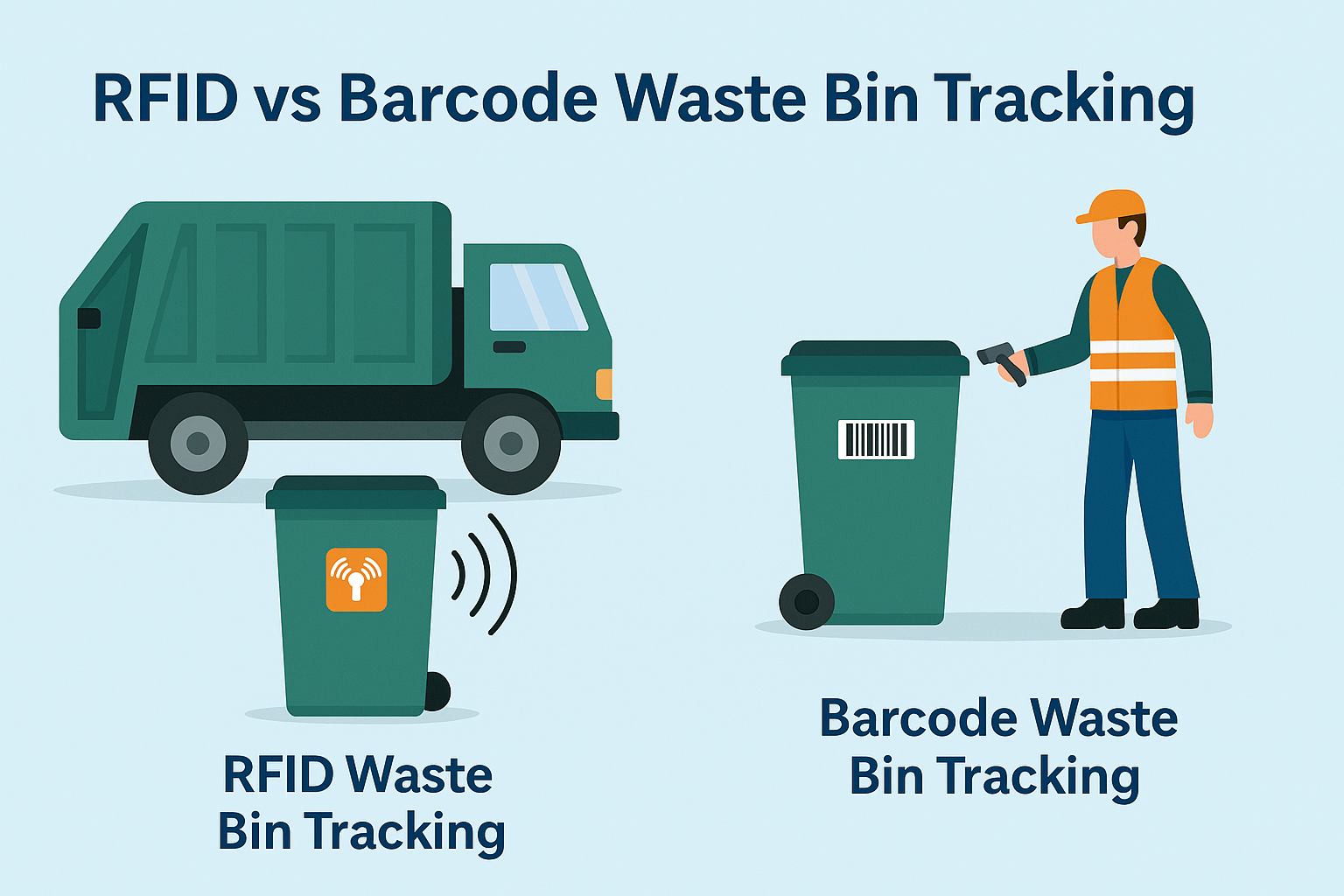
Qu'est-ce que la gestion des déchets par RFID ?
Imaginez une ville où chaque poubelle parle – pas littéralement – mais grâce à une minuscule puce qui indique au système quand elle est pleine, quand elle est vidée et où elle a été emmenée. C'est ce que fait aujourd'hui la gestion des déchets par RFID.
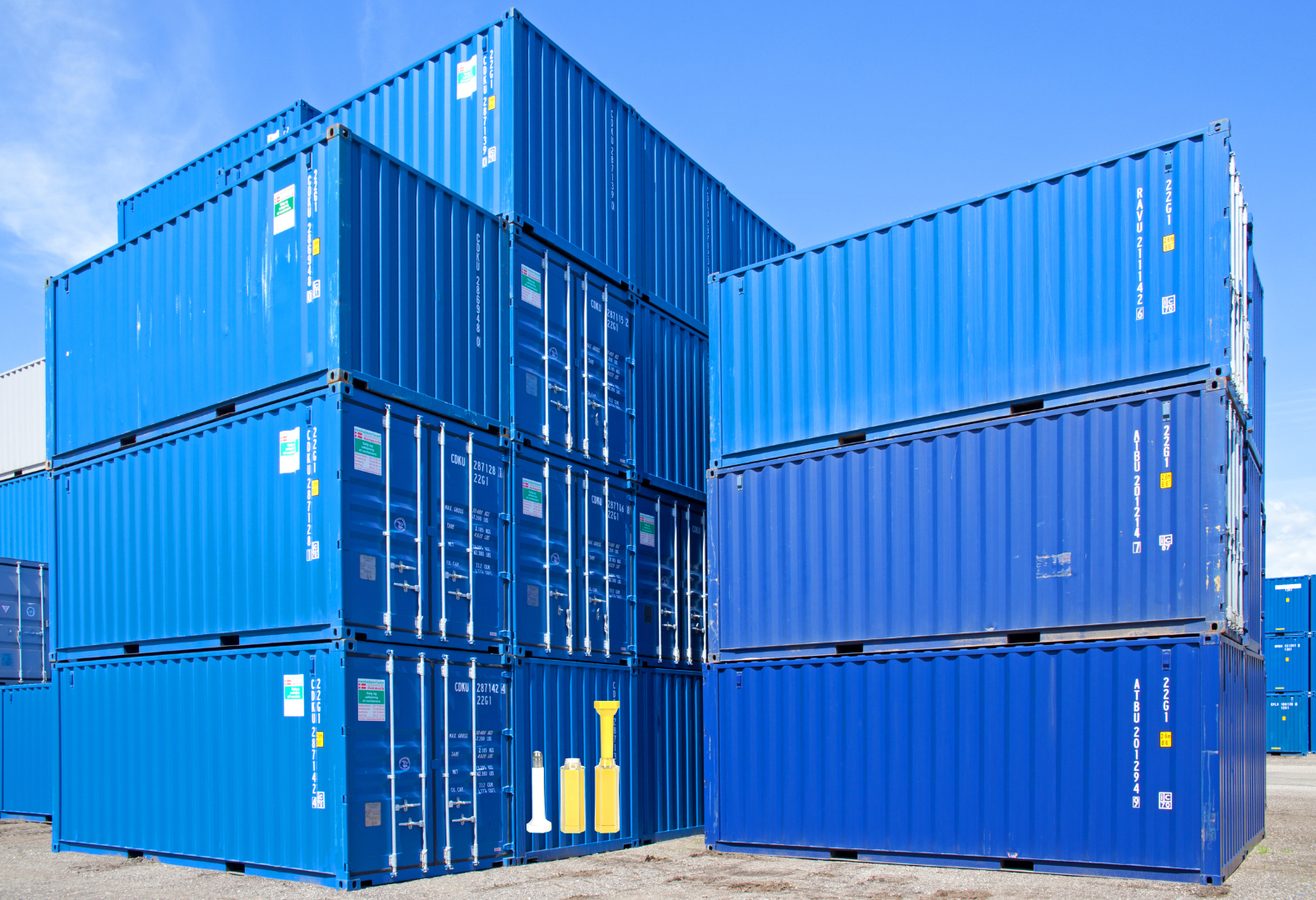
Qu'est-ce qu'un joint de boulon et quelles sont ses applications ? | Guide complet
Dans le cadre du commerce mondial et de la logistique, les scellés à boulon jouent un rôle crucial pour assurer la sécurité et la conformité des cargaisons. Ces dispositifs, petits mais puissants, sont conçus pour verrouiller les conteneurs d'expédition, les remorques et les portes de chargement à l'aide d'un mécanisme d'inviolabilité.
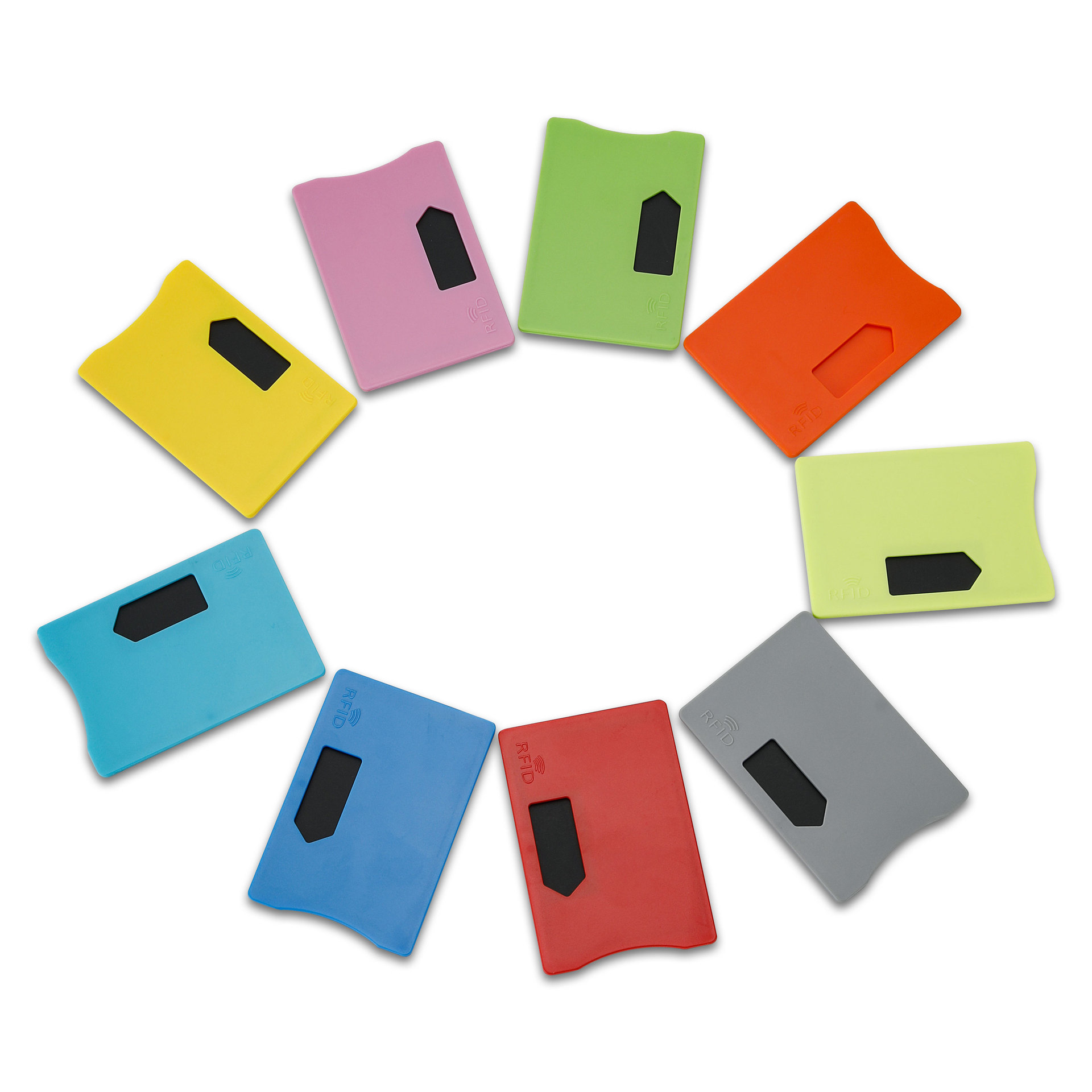
Qu'est-ce qu'un protecteur de carte RFID ? Avantages, cas d'utilisation et guide d'achat
La technologie RFID (identification par radiofréquence) est partout : dans vos cartes de crédit, vos badges d'identification, vos titres de transport, vos clés de chambre d'hôtel, etc. Elle offre rapidité et commodité, mais elle ouvre également la porte à un nouveau type de vol numérique appelé "skimming" (écrémage). C'est là qu'intervient un protecteur de carte RFID.

Bracelets RFID pour événements : Guide d'achat en gros pour les organisateurs
Les bracelets RFID pour les événements deviennent la solution de choix pour les organisateurs qui ont besoin d'une entrée plus rapide, d'une prévention de la fraude et de paiements sans numéraire lors de concerts, de festivals et d'événements sportifs. Contrairement aux billets en papier ou aux codes QR, ces bracelets intelligents utilisent des puces intégrées pour rationaliser l'accès, sécuriser les transactions et améliorer l'expérience des visiteurs.
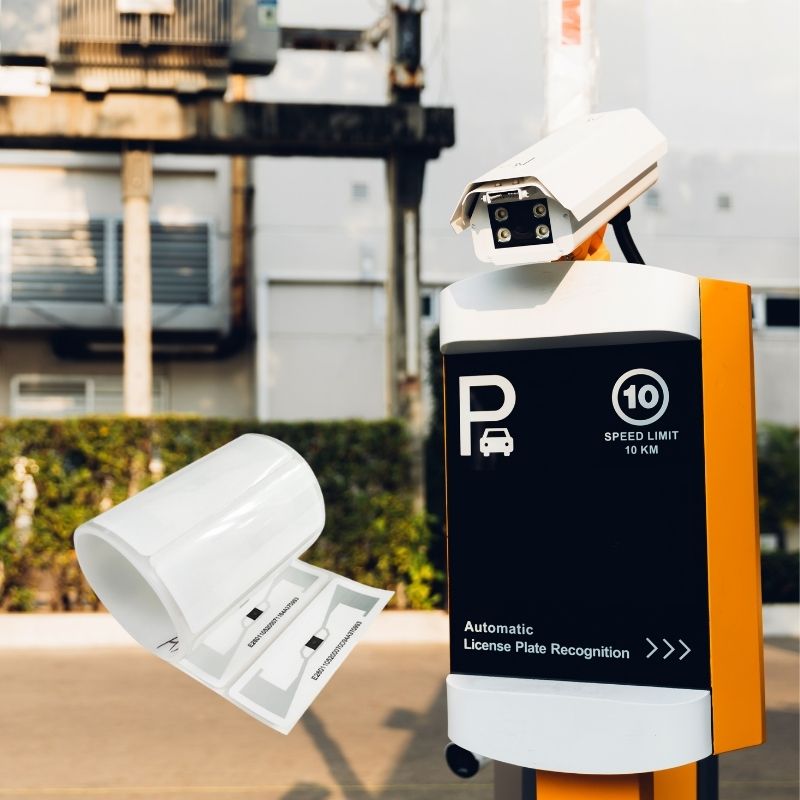
Comment l'étiquette RFID sur le pare-brise améliore le contrôle d'accès des véhicules et les systèmes de péage
Dans le monde rapide d'aujourd'hui, l'identification des véhicules doit être rapide, sûre et sans contact. Un tag RFID sur le pare-brise offre exactement cela - un moyen fiable de gérer les péages, les parkings et les accès aux barrières sans arrêter les véhicules.
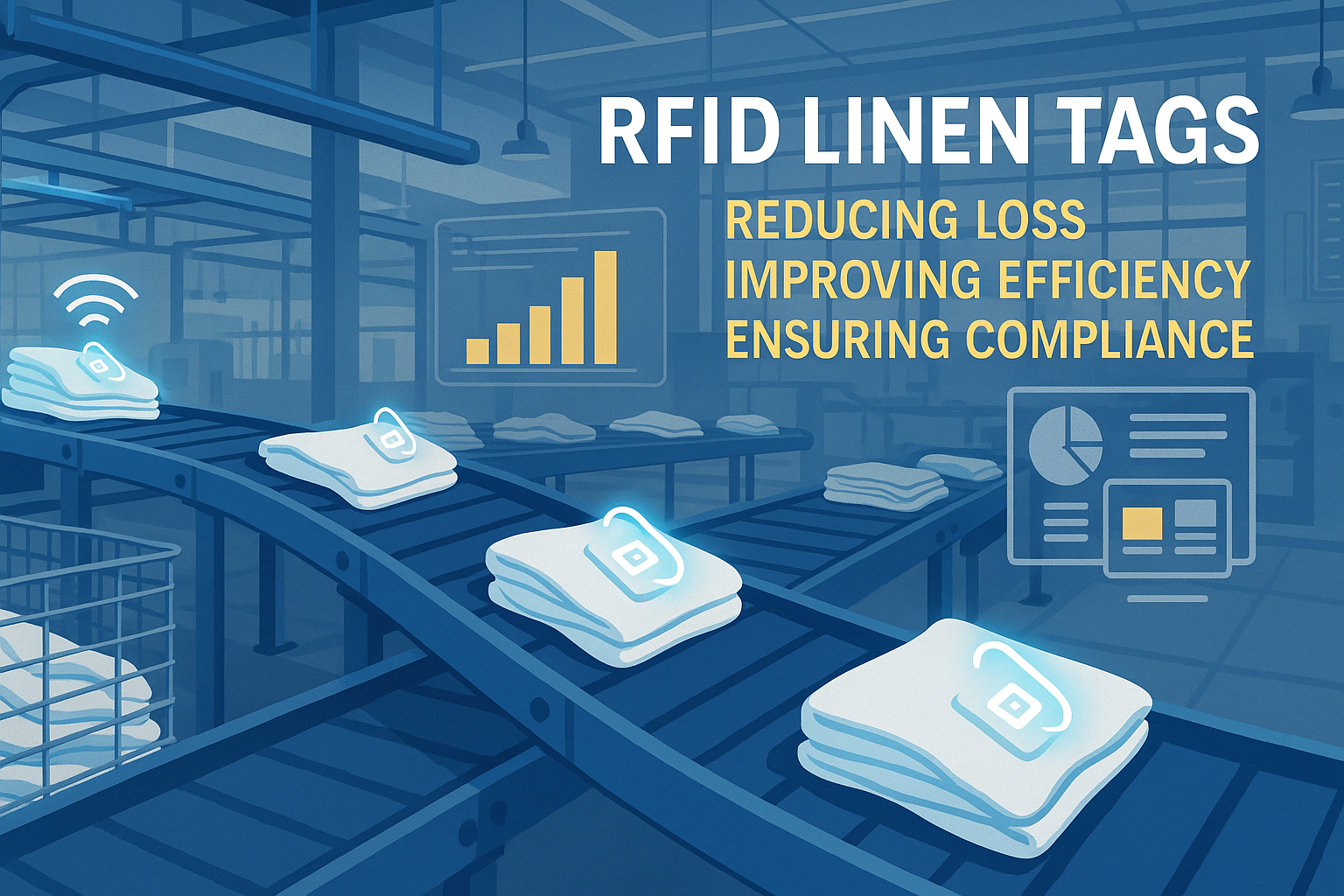
Les avantages des étiquettes RFID pour le linge dans les blanchisseries commerciales
La gestion de la blanchisserie dans les hôpitaux, les hôtels ou les grands services de blanchisserie n'est pas une mince affaire. Chaque jour, des milliers de draps, de serviettes et d'uniformes sont lavés, triés et renvoyés. Mais les problèmes tels que la perte de linge, les erreurs de tri et le comptage manuel peuvent coûter beaucoup d'argent aux entreprises. Par exemple, les hôtels de taille moyenne peuvent perdre plus de $200 000 euros chaque année à cause du linge manquant.
C'est là que les étiquettes RFID pour le linge entrent en jeu.
Mots clés
BLOGS CONNEXES

Qu'est-ce que la gestion des déchets par RFID ?
Imaginez une ville où chaque poubelle parle – pas littéralement – mais grâce à une minuscule puce qui indique au système quand elle est pleine, quand elle est vidée et où elle a été emmenée. C'est ce que fait aujourd'hui la gestion des déchets par RFID.

Qu'est-ce qu'un joint de boulon et quelles sont ses applications ? | Guide complet
Dans le cadre du commerce mondial et de la logistique, les scellés à boulon jouent un rôle crucial pour assurer la sécurité et la conformité des cargaisons. Ces dispositifs, petits mais puissants, sont conçus pour verrouiller les conteneurs d'expédition, les remorques et les portes de chargement à l'aide d'un mécanisme d'inviolabilité.

Qu'est-ce qu'un protecteur de carte RFID ? Avantages, cas d'utilisation et guide d'achat
La technologie RFID (identification par radiofréquence) est partout : dans vos cartes de crédit, vos badges d'identification, vos titres de transport, vos clés de chambre d'hôtel, etc. Elle offre rapidité et commodité, mais elle ouvre également la porte à un nouveau type de vol numérique appelé "skimming" (écrémage). C'est là qu'intervient un protecteur de carte RFID.

